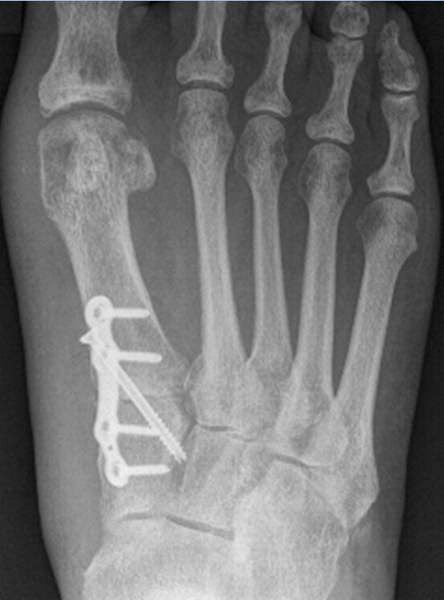Radiation can damage electronics in several ways. Here are a list of naturally-occuring types of radiation that can affect an object in space: (From Wikipedia)
There are several other types of radiation that can damage electronics that are man-made, or that occur on earth. But for simplicity in this post, I am restricting the discussion to those radiation sources that naturally occur in space.
There are a number of cool techniques electronics manufacturers use to reduce damage caused by radiation, and to make the chips more tolerant to the damage that will eventually occur: (Again from Wikipedia):
- Hardened chips are often manufactured on insulating substrates instead of the usual semiconductor wafers. Silicon on Insulator (SOI) and sapphire (SOS) are commonly used. While normal commercial-grade chips can withstand between 50 and 100 gray (5 and 10 krad), space-grade SOI and SOS chips can survive doses many orders of magnitude greater. At one time many 4000 series chips were available in radiation-hardened versions (RadHard).[3]
- Bipolar integrated circuits generally have higher radiation tolerance than CMOS circuits. The low-power Schottky (LS) 5400 series can withstand 1000 krad, and many ECL devices can withstand 10 000 krad.[3]
- Magnetoresistive RAM, or MRAM, is considered a likely candidate to provide radiation hardened, rewritable, non-volatile conductor memory. Physical principles and early tests suggest that MRAM is not susceptible to ionization-induced data loss.
- Shielding the package against radioactivity, to reduce exposure of the bare device.
- Capacitor-based DRAM is often replaced by more rugged (but larger, and more expensive) SRAM.
- Choice of substrate with wide band gap, which gives it higher tolerance to deep-level defects; e.g. silicon carbide or gallium nitride.
- Shielding the chips themselves by use of depleted boron (consisting only of isotope Boron-11) in the borophosphosilicate glass passivation layer protecting the chips, as boron-10 readily captures neutrons and undergoes alpha decay (see soft error).
- Error correcting memory uses additional parity bits to check for and possibly correct corrupted data. Since radiation effects damage the memory content even when the system is not accessing the RAM, a "scrubber" circuit must continuously sweep the RAM; reading out the data, checking the parity for data errors, then writing back any corrections to the RAM.
- Redundant elements can be used at the system level. Three separate microprocessor boards may independently compute an answer to a calculation and compare their answers. Any system that produces a minority result will recalculate. Logic may be added such that if repeated errors occur from the same system, that board is shut down.
- Redundant elements may be used at the circuit level. A single bit may be replaced with three bits and separate "voting logic" for each bit to continuously determine its result. This increases area of a chip design by a factor of 5, so must be reserved for smaller designs. But it has the secondary advantage of also being "fail-safe" in real time. In the event of a single-bit failure (which may be unrelated to radiation), the voting logic will continue to produce the correct result without resorting to a watchdog timer. System level voting between three separate processor systems will generally need to use some circuit-level voting logic to perform the votes between the three processor systems.
- Hardened latches may be used.
- A watchdog timer will perform a hard reset of a system unless some sequence is performed that generally indicates the system is alive, such as a write operation from an onboard processor. During normal operation, software schedules a write to the watchdog timer at regular intervals to prevent the timer from running out. If radiation causes the processor to operate incorrectly, it is unlikely the software will work correctly enough to clear the watchdog timer. The watchdog eventually times out and forces a hard reset to the system. This is considered a last resort to other methods of radiation hardening.
The bottom line is that you want to ensure all the efforts you have made above to ensure your circuits are safe against radiation is to test them *before* you put them into an expensive satellite and send it up into space.
One of our customers was a large aerospace company that flew communications satellites, and needed to test their hardware for radiation hardness. We provided them with a cadmium-lined dry tube that went directly into the MK 1 reactor core.
The cadmium inside the tube absorbed thermal neutrons (which don't exist in outer space), and allowed the gamma and fast neutrons to zap the circuits. The calculation by our reactor physicist was that 30 minutes at 10 watts would be a lifetime worth of radiation damage in outer space.
The engineer lowered his assemblies, connected by wires to an oscilloscope, to the bottom of the tube, and I ran the reactor for him. I never was able to get an answer from the engineer how well his circuits held up. Perhaps he was working on a government project, and was sworn to secrecy...
... or maybe he just wasn't chatty. Who knows? :)



















